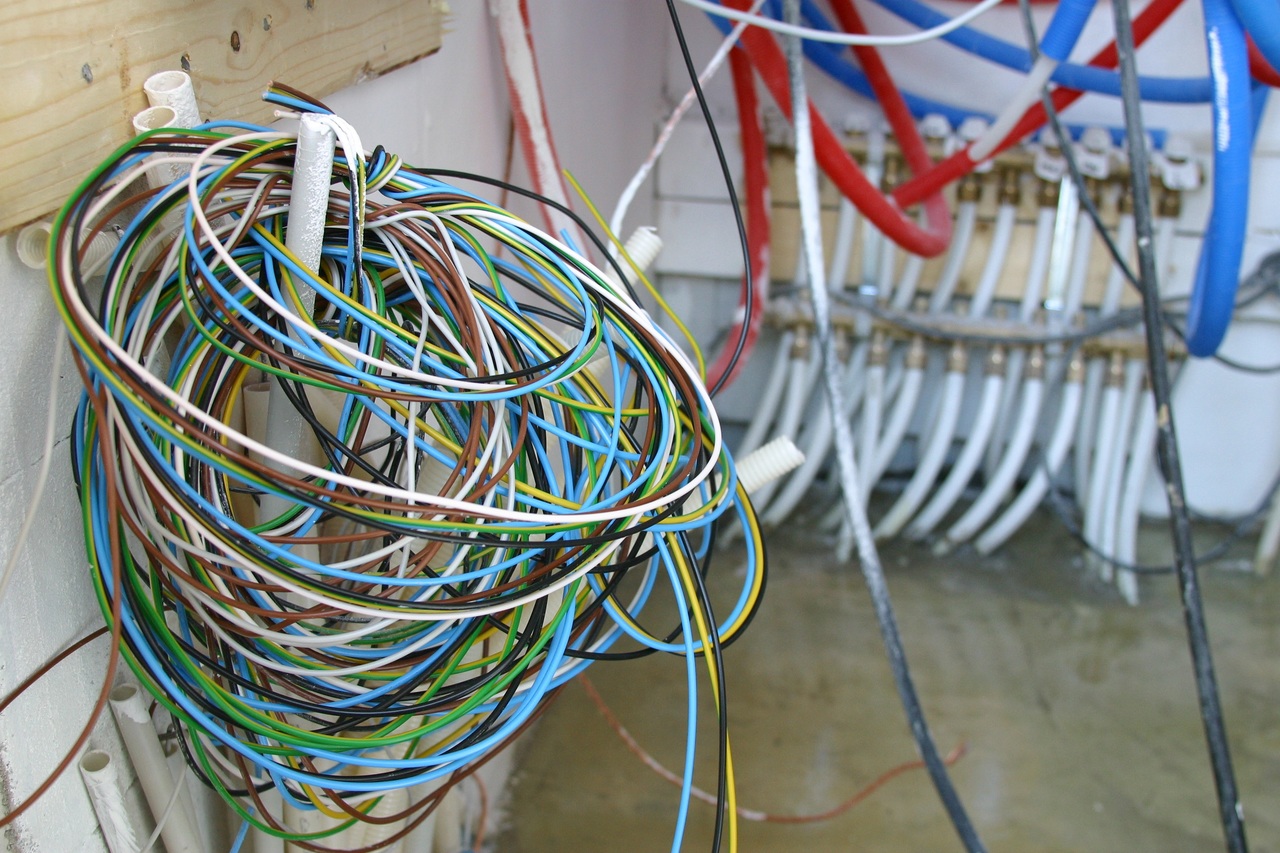2,000+ Electrocution Deaths in India Every Year: 7 Safe Wiring Tips for Your Home
Water, heat, old appliances and extension cords—just about anything can make your wiring system dangerous. Make sure your home is safe with these easy-to-follow tips.

Electricity is a basic necessity for most of us. From the refrigerator to bulbs and fans, most appliances today use electricity to function.
Even so, the slightest carelessness or haphazardness in the wiring will lead to a horrible accident. As dependent as we are on electricity, it is crucial for us to be careful about how we use it. The number of accidents caused by electrical issues in India provides no respite either.
According to the National Crime Records Bureau (NCRB), over 2,200 people died due to accidental fires that were caused by short circuits in 2015. If these numbers shock you, note that the following year saw over 11,000 electrical accidents in the country. Nearly 4,800 of these accidents were fatal.
You can never be too safe when it comes to electricity and safe wiring. Accidents can happen all the time, due to various reasons—leaking water, unprofessional wiring, careless plugging of appliances or even the handy chord extensions.
Here are seven tips to keep yourself safe:
1. Out with the old

Like most of your appliances, electrical wiring needs timely maintenance. However, unlike your equipment, wires are not in your direct sight, and you know what they say about things that are out of sight.
Well, if your house is at least 25 years old, you might want to upgrade your wires to adequate, safer wiring systems. Bare or frayed wires, or old and faulty switches, are an invitation to accidents that you’ll want to avoid.
2. Take the load off
Houses that were once equipped with fans, geysers and radios now also have ACs, televisions and microwaves. This increases the collective load on your electric supply. Relatively new construction is well-equipped to carry the load, but an older one might not be that strong.
In addition, a lack of switchboards invites the jugaad of plugging two or three plugs into one switch. Please avoid doing this since every switchboard is designed to give out only a certain amount of energy. Overloading is dangerous.
3. Don’t stretch the extension cord too much

Extension cords can be very handy when you have only one switch but several small electronics to use. However, they are not designed for long use. Inexpensive extension cords may be inadequate for your devices, and this can be determined by checking the wire diameters. It’s best to invest in weather-resistant, rugged cords with a high ampere rating rather than risking your devices. You can ask your nearest electrician for a cord that is equipped to carry heavy electrical loads.
4. Water and electricity don’t mix well
Kitchens, bathrooms and laundry rooms can be dangerous places since there is flowing water in these areas, where switchboards too, are a must. Make sure your outlets are protected by a Ground Fault Circuit Interrupter (GFCI). This cuts down electricity passing from a circuit as soon as it detects a shock hazard. Your bathroom, kitchen and laundry room instantly become safer when you install the GFCI.
5. Switch off the main power while you work

If you are carrying out a maintenance activity or rewiring, make sure your main power is off. The easiest way to do this is to take out the fuse before you begin work. But if you need electricity for your work, make sure to use rubber and wood between your body and the source (and the ground too).
The simplest way for this is to wear rubber gloves and slippers and use a wooden ladder. Make sure you never use a metal ladder while doing electrical work because the metal is an excellent conductor of electricity.
6. Maintain your cool
Attics or even false ceilings can be dangerous heat zones for electrical wiring. In addition to this, bundled active wires heat up faster. Although they are designed to withstand 190°C and higher, the collective temperature of ambient heat and the current passing through the wires can come dangerously close to this limit. The copper wire inside may be resilient to this, but the plastic coating gets affected, which can be quite dangerous. And so, ensure that the ambience for your wires avoids unnecessary heating.
You May Also Like: Good News For Homebuyers: Now Claim Refund If Handover Delayed Beyond 1 Year!
7. The Pros of a pro
Make sure that all your wiring, rewiring and maintenance work is done by an experienced professional only. Electricity can be dangerous, and India has the highest workplace electrocution death rates in the world. You may not understand the technical details of the wiring system, and so, it is best to trust only a certified expert to ensure no accidents happen during or after the maintenance work.
(Edited by Shruti Singhal)
Like this story? Or have something to share? Write to us: [email protected], or connect with us on Facebook and Twitter.
This story made me
- 97
- 121
- 89
- 167
Tell Us More
We bring stories straight from the heart of India, to inspire millions and create a wave of impact. Our positive movement is growing bigger everyday, and we would love for you to join it.
Please contribute whatever you can, every little penny helps our team in bringing you more stories that support dreams and spread hope.



















